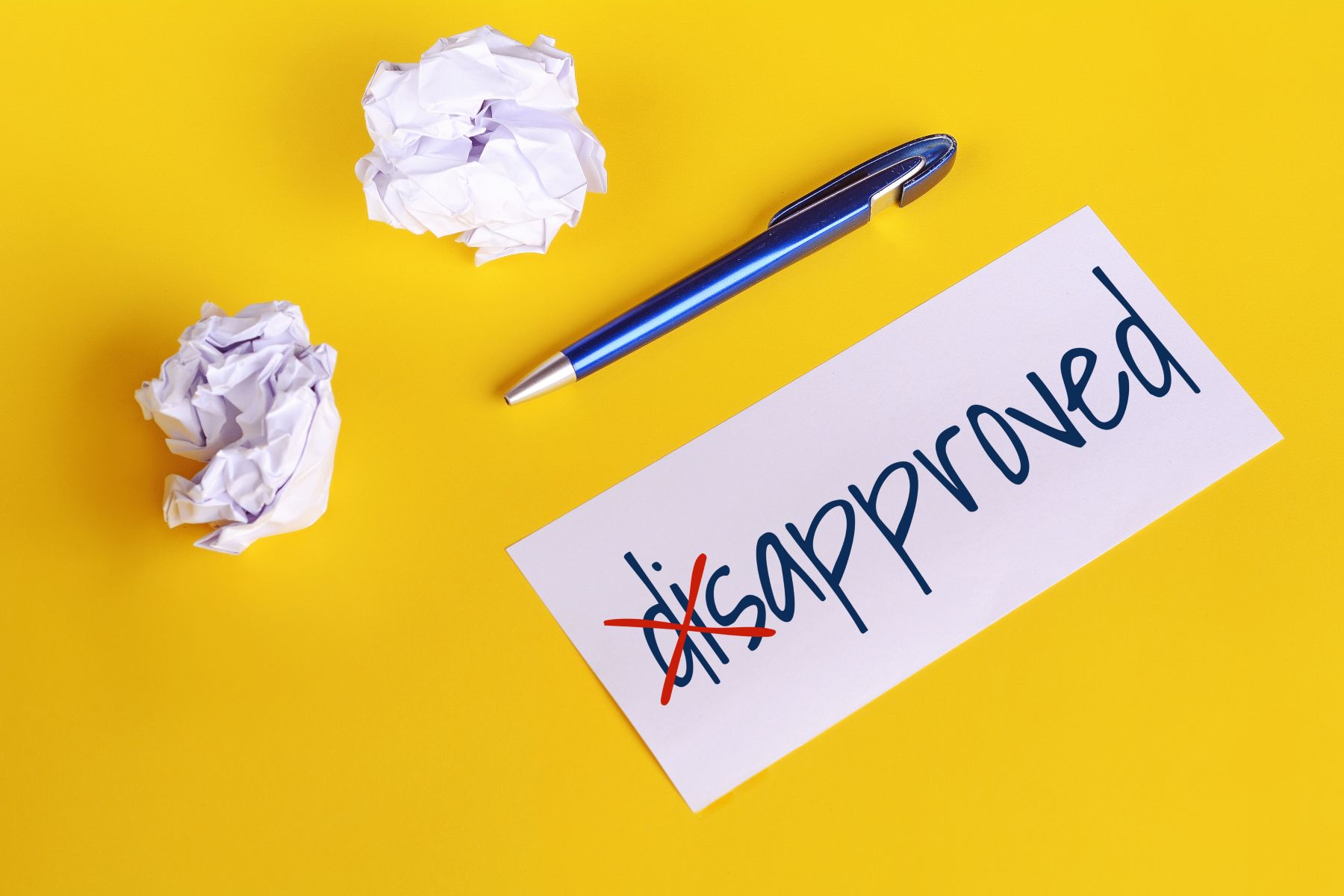By Janine Owen, Founder and CEO of Grant’d
If you’ve ever submitted a grant and received the dreaded “unsuccessful” email, you’re not alone. Every organisation that applies for funding experiences rejection at some point, even the best.
The difference between those who give up and those who grow is what they do next.
At Grant’d, we believe unsuccessful applications aren’t failures – they’re feedback. Every “no” is a data point you can learn from.
Here’s how to turn mistakes into mastery.
- Most grant rejections are fixable
- Treat feedback as data, not emotion
- Build reusable system
- Remember: timing is everything
- Learn from others
1. Most grant rejections are fixable
When we unpack unsuccessful applications, the reasons are usually predictable, and solvable.
| Common Mistake |
How to Fix It |
| Poor alignment |
Ensure your project directly advances the funder’s stated goals. |
| Vague outcomes |
Define clear deliverables and measurable impact. |
| Budget mismatches |
Keep figures realistic and consistent with the project scope. |
| Weak evidence |
Add supporting data, testimonials, or case studies. |
| Timing |
Sometimes, it’s just not the right round or focus – try again later. |
Each of these can be addressed with better preparation and reflection.
2. Treat feedback as data, not emotion
It’s easy to take rejection personally, but funders are assessing fit, not worth. When you receive feedback, analyses it systematically:
- What keywords or themes do they use in the rejection?
- Which parts of your proposal might not have aligned?
- Were you clear about your outcomes and beneficiaries?
Document it. Build a “grant lessons” folder where you record what you learn from each submission. Over time, you’ll start to see patterns and strengths.
3. Build reusable system
Grant applications can be repetitive, but that’s an opportunity. Create templates for your:
Then adapt them per grant. Tools like Grant’d help centralise this, so you can reuse winning language and track performance metrics over time.
Want expert eyes on your next grant or R&DTI submission?
FundFindrs’ experts help you refine, align, and get funding-ready.
4. Remember: timing is everything
Sometimes, your project is excellent, but the funding cycle just doesn’t match. Government priorities shift annually. If your project wasn’t funded this round, it might be perfect next quarter when new programs open.
The key is to stay funding-ready, your project brief, budget, and outcomes clear, so you can move fast when the right opportunity appears.
5. Learn from others
Don’t learn in isolation. Join communities like Grant’d and FundFindrs to find other founders and learn from their experiences what have worked, what didn’t, and what changed their success rates.
You’ll learn that every successful applicant has a history of rejection and every rejection made their next win stronger.
Takeaway
Rejection isn’t the end of your funding journey; it’s part of the process. Every “no” gives you insight, clarity, and direction for the next “yes.”
About Grant’d
Grant’d helps you build repeatable success, with smart matching, application tracking, and insights that evolve with you.
About the Author
Janine Owen is the Founder of Grant’d – Australia’s first AI-powered grants platform, built to help businesses, charities and community organisations find and win funding faster.
With over 20 years’ experience in fundraising and more than $100 million raised for some of Australia’s most impactful organisations, Janine now leads Grant’d with a mission to make grants more accessible, strategic, and human. Learn more at grantd.com.au


